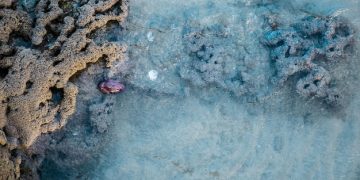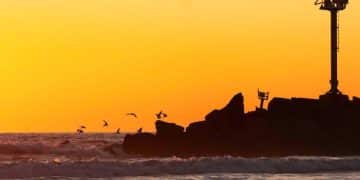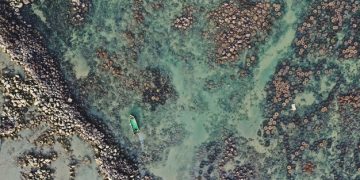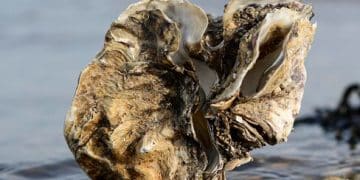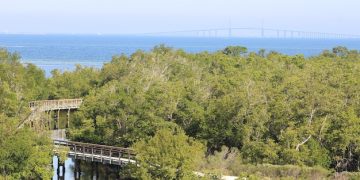Boosting US Marine Conservation Through Education
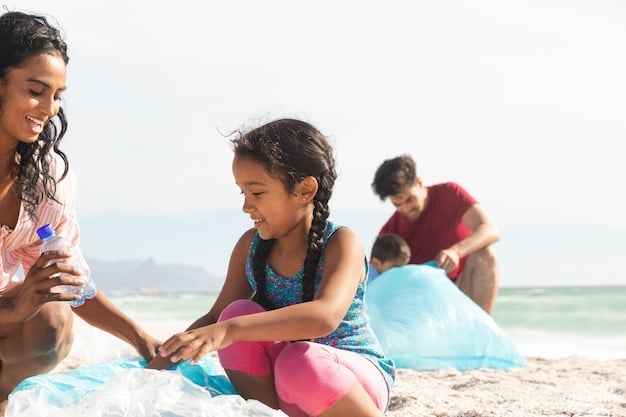
Effective education shapes ocean awareness and action. These programs build stewardship through science and community.
Conservation depends on people understanding marine challenges. Education links knowledge to meaningful behavioral change.
Let’s explore how strategic learning can empower ocean protection. Awareness is the first step toward lasting impact.
The urgency of marine conservation in the US
US marine ecosystems face growing, complex threats. Pollution, acidification, and development weaken biodiversity.
Conservation must shift from reaction to prevention. Education informs this shift by translating science into urgency.
Each issue compounds others, amplifying risk. A warming ocean doesn’t only stress coral, it reshapes entire ecosystems.
Key educational strategies and their impact
Educational programs that make an impact use a range of strategies tailored to diverse audiences.
The goal isn’t just to inform, but to engage people emotionally and intellectually, ultimately motivating long-term involvement.
These efforts move beyond presenting information, they build meaningful relationships between individuals and the marine world, turning curiosity into commitment.
Experiential learning and hands-on engagement
Immersion is powerful. When people directly interact with marine environments, they form lasting emotional connections that fuel action.
Coastal cleanups give participants a firsthand look at the scale of plastic pollution. By physically removing debris from beaches and waterways, individuals understand the problem in a tangible, memorable way.
Tide pooling excursions, where participants explore intertidal zones, reveal the richness of marine life often hidden beneath the surface. These experiences inspire curiosity, empathy, and a sense of wonder.
Citizen science projects allow everyday people to contribute to real scientific research. Whether monitoring water quality or logging sightings of marine species, these activities build ownership and understanding.
Hands-on learning transforms abstract threats into personal experiences. Once people care, they’re far more likely to act.
Curriculum development and formal education pathways
Schools play a pivotal role in cultivating the next generation of ocean stewards. Integrating marine science into formal education nurtures curiosity, critical thinking, and environmental values.
Dedicated science units on marine biology and oceanography provide students with foundational knowledge. These lessons often serve as a gateway to deeper engagement with climate and conservation issues.
Marine themes can also be introduced across disciplines. In social studies, students can examine the politics of ocean governance. In art, they might design posters about marine protection. Even language arts can include essays or poetry that reflect on ocean themes.
Teacher training is equally vital. Educators must be equipped with accurate information and engaging teaching materials to inspire students. When well-supported, teachers can become lifelong champions of marine education.
By embedding these topics into structured learning, conservation becomes normalized, something children grow up valuing as part of everyday life.
Public outreach and community engagement
Beyond classrooms, communities need marine knowledge. Programs must be accessible and relevant to everyday people.
-
Aquariums and science museums: These institutions serve as vital educational hubs, offering exhibits, workshops, and interactive displays that bring the ocean to urban centers.
-
Virtual platforms: Webinars, online courses, and digital content can reach a global audience, overcoming geographical barriers.
-
Partnerships with local organizations: Collaborating with community centers, libraries, and environmental groups expands reach and tailors messages to specific local needs.
Community-led learning boosts trust and relevance. Local voices deepen the impact of national ocean narratives.
Targeting diverse audiences for broader impact
Marine education must reflect diverse realities. Different people require different learning approaches to create equity.
Tailored messages break barriers to understanding. Inclusion strengthens the conservation movement across the country.
We all impact the ocean, no matter how far we live. Education must bridge geography, culture, and lived experience.
Engaging youth and future generations
Young people bring passion, creativity, and energy to the conservation movement. With the right support, they can become powerful advocates for the ocean.
Field trips to aquariums or coastal habitats spark curiosity and leave lasting impressions. These moments can inspire career paths or lifelong interests in marine science.
Summer camps that focus on marine themes combine education with fun, building lasting memories and values.
Campers often come away with new skills, friendships, and a stronger sense of environmental responsibility.
Youth advocacy groups take engagement a step further by offering leadership and communication training.
These programs give young people the tools to speak up, organize, and drive real change in their communities.
Reaching coastal communities and resource users
Those who live by the ocean often depend on it. Conservation must respect and include their needs and voices.
-
Workshops on sustainable fishing practices: Educating commercial and recreational fishermen on best practices.
-
Boating safety and environmental etiquette: Promoting responsible boating behaviors to minimize impact on marine life and habitats.
-
Community meetings: Facilitating dialogue between scientists, policymakers, and local residents to address specific conservation concerns.
Respectful outreach builds trust and dialogue. Solutions emerge from shared goals, not imposed ideas.
Educating inland populations and urban dwellers
Inland actions ripple to the coasts. Education must show how cities and farms affect the sea.
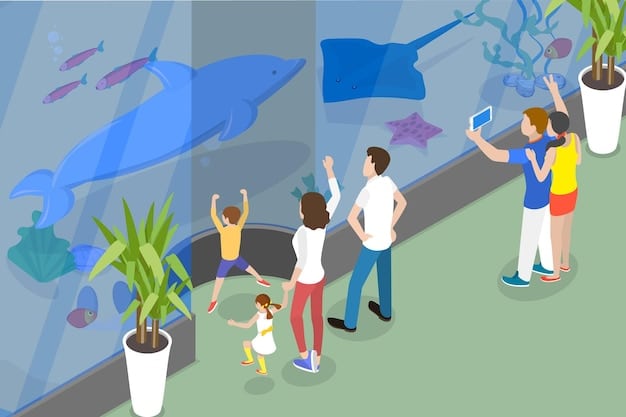
You don’t need to live near the ocean to affect it. Inland education is vital because pollution and consumption patterns inland often impact the coast.
Virtual ocean tours, using 360° videos or VR technology, bring the sea to classrooms and communities far from the shore. These experiences can be as powerful as physical field trips.
Focusing on watershed health helps people understand how runoff and waste from cities and farms flow into rivers, and eventually reach the ocean.
Education around consumer choices, such as choosing sustainable seafood, reducing single-use plastics, and supporting eco-friendly brands, empowers urban residents to act daily in support of ocean health.
By connecting inland behavior to coastal outcomes, marine education becomes relevant to everyone.
Challenges and opportunities in marine education
Marine education must overcome real-world constraints. Funding, misinformation, and impact tracking are major barriers.
Yet every challenge reveals opportunity. Creative partnerships and clear goals make solutions possible and scalable.
Success means blending passion, structure, and evidence. Marine education must evolve with society and science.
Overcoming awareness gaps and misinformation
The complexity of marine science often leads to misunderstanding. When facts are unclear, misinformation spreads easily.
The solution lies in clear, engaging communication. Simplifying without oversimplifying is key.
Visual tools like infographics and animations can make complicated concepts understandable. Trusted messengers, scientists, educators, or community leaders, can help counteract false claims.
Fact-checking efforts and open access to accurate information must be prioritized. When science is both accessible and trusted, confusion turns into curiosity.
Securing funding and resources
Without sufficient funding, even the best programs struggle to reach their potential. Resource gaps limit the scope, quality, and sustainability of marine education.
One solution is building public-private partnerships that combine government support with business investment. These collaborations can expand funding streams and innovation.
Engaging volunteers and citizen educators is another powerful way to scale efforts. People want to help, programs just need to make it easy to get involved.
Leveraging existing infrastructure, like schools, museums, or park networks, reduces costs and increases reach. Smart use of resources multiplies impact.
Measuring impact and effectiveness
Quantifying the direct impact of educational programs on conservation outcomes can be challenging.
A change in awareness doesn’t always translate immediately into observable behavioral shifts or ecological improvements.
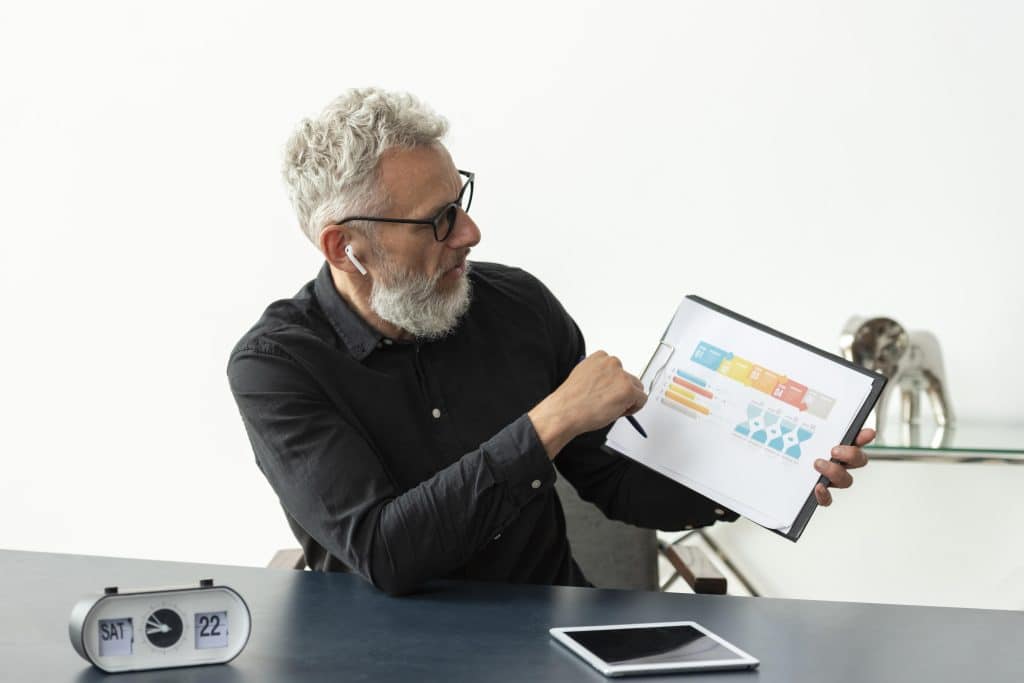
Nonetheless, setting clear metrics and long-term goals is essential. Tracking shifts in knowledge, attitudes, and behaviors provides valuable insights.
Qualitative assessments, such as interviews, case studies, and participant stories, also offer depth that numbers alone can’t capture.
Feedback helps programs evolve. Evaluation isn’t just about accountability, it’s about learning and growing with your audience.
The role of technology in enhancing marine education
Technology expands access and engagement. It brings oceans to classrooms, homes, and mobile screens worldwide.
Digital tools support equity in learning. Remote users can explore and contribute like coastal communities.
Used wisely, tech transforms awareness into experience. Engagement deepens with interactivity and immersion.
Virtual reality and augmented reality experiences
Immersive tech builds empathy and wonder. Users “visit” ecosystems they may never see in person.
-
Exploring coral reefs
-
Witnessing pollution impacts
-
Virtual field trips
Such tools blend fun and learning. They create personal meaning from scientific facts.
Online platforms and digital resources
The internet makes marine learning accessible to anyone with a connection. Platforms offer on-demand content for all ages and levels.
Interactive websites teach complex topics through games and simulations. MOOCs (Massive Open Online Courses) offer structured learning from leading institutions.
Videos, documentaries, and educational series cater to visual and auditory learners. These digital tools are flexible, scalable, and constantly evolving.
Citizen science applications and data visualization
Smartphones and web platforms now allow the public to contribute to scientific research in real time.
Apps for identifying marine species or tracking ocean pollution turn users into data collectors. This boosts both scientific research and personal investment.
Data visualization tools, like live maps or animated graphs, make results tangible. Seeing their contributions displayed builds pride and reinforces engagement.
These tools create a feedback loop where learning, action, and science all feed into each other.
Policy implications and advocacy through education
Education shapes not just awareness, but action. Informed citizens influence laws and demand accountability.
Programs must inspire civic involvement. Public knowledge supports better policy and sustainable practices.
Learning must lead to leadership. Advocacy grows from knowledge, passion, and tools for impact.
Informing policy-making through public awareness
When people understand marine issues, they can demand better policies. Public pressure leads to stronger environmental protections.
Support grows for expanding marine protected areas, implementing sustainable resource management, and enforcing conservation laws.
Workshops, campaigns, and grassroots organizing all stem from education. Empowered citizens become effective advocates for ocean health.
Cultivating future environmental leaders
Mentorship and exposure build confidence. Youth need pathways into science and public service.
-
Mentorship programs
-
Internship opportunities
Tomorrow’s leaders learn today. Early guidance unlocks bold, informed careers in conservation.
Promoting responsible consumer choices and industry practices
Markets respond to educated demand. People drive change through their daily decisions.
-
Sustainable seafood guides
-
Reducing plastic consumption
-
Ecotourism certification
Informed choices shift industries. Each consumer can push businesses toward better practices.
Charting a course for sustained marine conservation education
Achieving lasting marine conservation requires inclusive and adaptive education. Programs must evolve, evaluate outcomes, and ensure access for all communities.
Blending Indigenous knowledge with scientific literacy strengthens conservation efforts. This cultural integration deepens understanding and expands public engagement.
When citizens of all ages and backgrounds are informed, they become active stewards. Education transforms awareness into responsibility, driving long-term ocean protection.
| Key Aspect | Brief Description |
|---|---|
| 📚 Curricula Impact | Integrating marine topics into formal education builds foundational knowledge for future generations. |
| 🌊 Experiential Learning | Hands-on experiences like cleanups foster direct connection and stewardship. |
| 📱 Tech Amplification | VR, AR, and online platforms expand reach and create immersive learning opportunities. |
| 👥 Targeted Engagement | Tailoring programs for youth, coastal, and inland groups boosts overall effectiveness. |
Frequently Asked Questions About Marine Conservation Education
▼
The primary goals involve fostering a deep understanding of marine ecosystems, highlighting the threats they face, and inspiring actionable solutions. Educational programs aim to cultivate stewardship, encourage sustainable behaviors, and empower individuals to advocate for policies that protect ocean health, ensuring a collective commitment to conservation.
▼
Programs can utilize virtual reality tours of marine environments, online educational platforms, and emphasize the connection between inland activities (like watershed health and consumer choices) and ocean health. Partnerships with science museums, zoos, and local community centers away from the coast also help bring marine education to a broader, landlocked audience.
▼
Aquariums and science centers are crucial hubs for marine education, providing immersive exhibits, interactive displays, and structured learning programs. They serve as direct points of contact with marine life for many, offering unique opportunities for hands-on learning and fostering an emotional connection to ocean ecosystems, which can inspire conservation efforts.
▼
Citizen science projects engage the public in collecting valuable marine data, from tracking pollution to observing species. This participation not only contributes to scientific research but also deepens participants’ understanding of environmental issues, making them active contributors to conservation rather than passive observers and fostering a greater sense of responsibility.
▼
Engaging diverse age groups ensures a comprehensive and sustained impact. Educating youth instills values early, shaping future leaders. Engaging adults, including professionals and policymakers, ensures current decisions are informed by conservation principles. This multi-generational approach fosters a societal shift towards greater marine stewardship across all segments of the population.
Ultimately, the question of how educational programs can promote marine conservation awareness in the US finds its answer in a multi-faceted approach that educates, inspires, and empowers.
By leveraging diverse strategies, from experiential learning and formal curricula to the innovative use of technology and targeted community engagement, these programs lay the groundwork for a more ocean-aware populace.
They transform abstract environmental challenges into tangible calls to action, fostering not just knowledge but a profound sense of stewardship necessary for the long-term health of our vital marine ecosystems.
The continued investment in and evolution of these educational initiatives remains paramount in safeguarding the future of our oceans.
